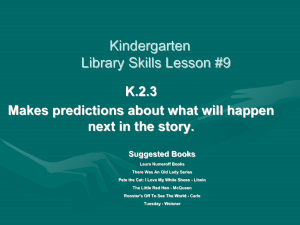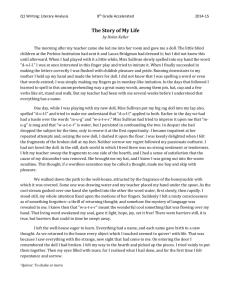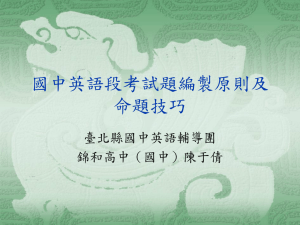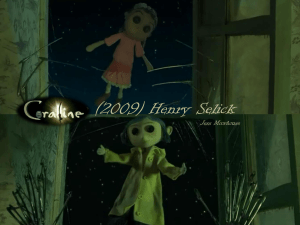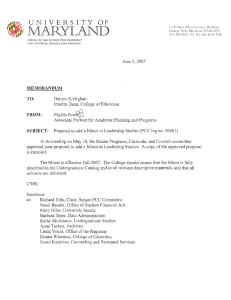Spooky Education01
advertisement
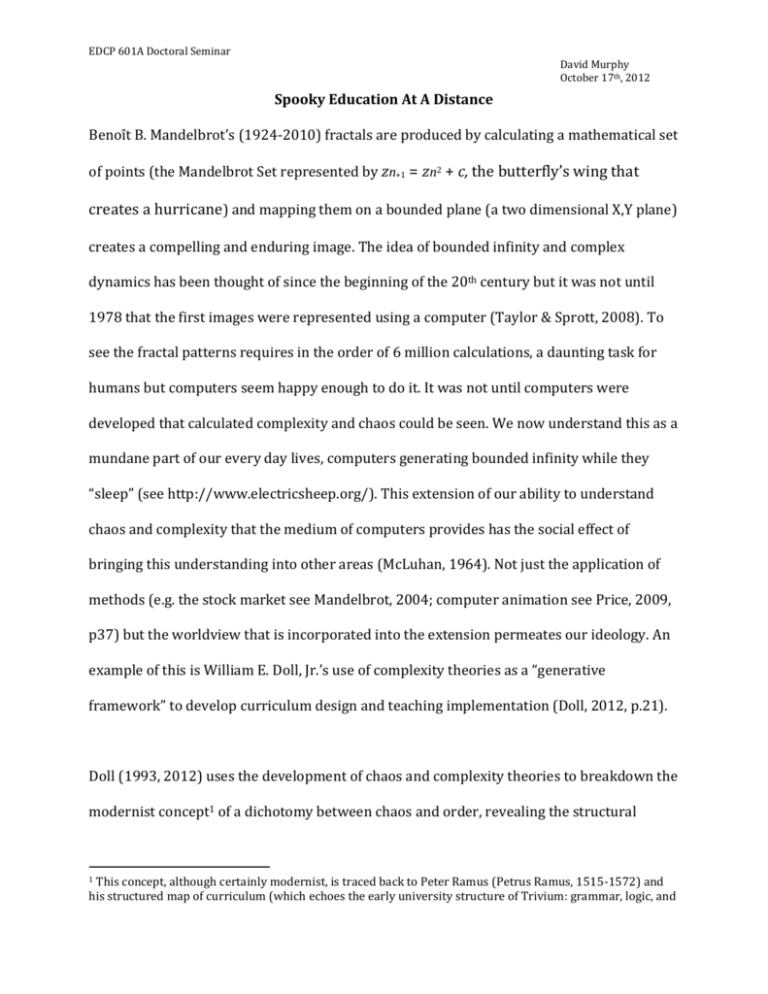
EDCP 601A Doctoral Seminar David Murphy October 17th, 2012 Spooky Education At A Distance Benoît B. Mandelbrot’s (1924-2010) fractals are produced by calculating a mathematical set of points (the Mandelbrot Set represented by zn+1 = zn2 + c, the butterfly’s wing that creates a hurricane) and mapping them on a bounded plane (a two dimensional X,Y plane) creates a compelling and enduring image. The idea of bounded infinity and complex dynamics has been thought of since the beginning of the 20th century but it was not until 1978 that the first images were represented using a computer (Taylor & Sprott, 2008). To see the fractal patterns requires in the order of 6 million calculations, a daunting task for humans but computers seem happy enough to do it. It was not until computers were developed that calculated complexity and chaos could be seen. We now understand this as a mundane part of our every day lives, computers generating bounded infinity while they “sleep” (see http://www.electricsheep.org/). This extension of our ability to understand chaos and complexity that the medium of computers provides has the social effect of bringing this understanding into other areas (McLuhan, 1964). Not just the application of methods (e.g. the stock market see Mandelbrot, 2004; computer animation see Price, 2009, p37) but the worldview that is incorporated into the extension permeates our ideology. An example of this is William E. Doll, Jr.’s use of complexity theories as a “generative framework” to develop curriculum design and teaching implementation (Doll, 2012, p.21). Doll (1993, 2012) uses the development of chaos and complexity theories to breakdown the modernist concept1 of a dichotomy between chaos and order, revealing the structural This concept, although certainly modernist, is traced back to Peter Ramus (Petrus Ramus, 1515-1572) and his structured map of curriculum (which echoes the early university structure of Trivium: grammar, logic, and 1 EDCP 601A Doctoral Seminar David Murphy October 17th, 2012 interrelationship between the two. The idea of “orderly disorder” (Hayles, 1991, p.1. as cited in Doll, 2012, p14.) becomes a descriptive concept of nature or the natural way of open systems such as humans. This perspective challenges the dominant logic of modernism and western science and creates fertile ground for an epistemological shift, away from data and facts toward interconnected patterns and relationships (Doll, 2012, p.25). Curriculum development and pedagogical practice can be informed by this shift as demonstrated by Doll (1993) suggesting 4R’s2 as criteria for curriculum. The intent of Doll’s 4R’s is to move away from a modernist mindset that is represented by the Tyler Rational3 which is a linear cause and effect framework of implementation and evaluation with predetermined outcomes. The Nobel Prize in physics was awarded this year (October 09, 2012) for the development of observation methods of individual quantum particles without destroying them. This technique opens up research in the field of quantum computing, which is a form of realizing quantum mechanics to process information. Quantum computing presents the potential for extremely complex computations to be done by exceptionally small computers. Computers that are small enough to be inside a pharmaceutical capsule, or in your eyeglasses, or in your eye for that matter. Computers that are so powerful and small will dramatically change rhetoric; Quadrivium: geometry, arithmetic, astronomy, and music or ethics), Protestant methods of education, and back to Aristotle’s either/or categorization. 2 The idea of listing the 4R’s like a recipe is antithetical to their intention (hence the footnote) but as terms of reference they are useful (Doll, 1993): Richness – curriculum’s depth, layers of meaning, multiple interpretations Recursion – reflective interaction with self, others, culture, environment. Relations – connections and integrations with a larger culture, economy, cosmos Rigor – dialectic between the complexity of indeterminacy and critical interpretation. 3 From Tyler’s (1949) book, the rational is well known so not listing it here and listing Doll’s 4R’s creates a nice irony. EDCP 601A Doctoral Seminar David Murphy October 17th, 2012 the way we function in many areas and possibly change the way we think about the world. For example the two quantum physics concepts of superposition and entanglement. Superposition is the ability for a system to be in multiple states at the same time, and extension to Doll’s idea of having one foot grounded and the other on the edge of chaos (personal communication, October 10, 2012). Entanglement is the seemingly impossible connection between particles even when separated, It should be noted that computers work against progressive thinking as well. The planned obsolescence that fuels the market, the environmental damage, as well as the dichotomous and retrograde “like/ not like” mindset of social media are all examples of the negative social impact of computers. Doll, W. (1993). A Post-Modern Perspective on Curriculum. New York: Teachers College Press. Doll, W.E.Jr. (2012). Complexity and the Culture of Curriculum. Complicity: An International Journal of Complexity and Education. 9(1). pp. 10-29. Hayles, N. K. (1991). Chaos and Order. Ithaca, NY: Cornell University Press. Mandelbrot, B.B. (2004). The (Mis)behavior of Markets: A Fractal View of Risk, Ruin, and Reward. New York: Basic Books. McLuhan, M. (1964). Understanding Media: The Extensions of Man. New York: McGraw Hill. Price, D.A. (2009). The Pixar Touch: The Making of a Company. New York: Random House. Taylor, R.P. & Sprott, J.C. (2008). Biophilic Fractals and the Visual Journey of Organic Screen-savers. Nonlinear Dynamics, Psychology, and Life Sciences. 12(1). pp. 117-129. EDCP 601A Doctoral Seminar David Murphy October 17th, 2012 Tyler, R. W. (1949). Basic principles of curriculum and instruction. Chicago and London: University of Chicago Press.




